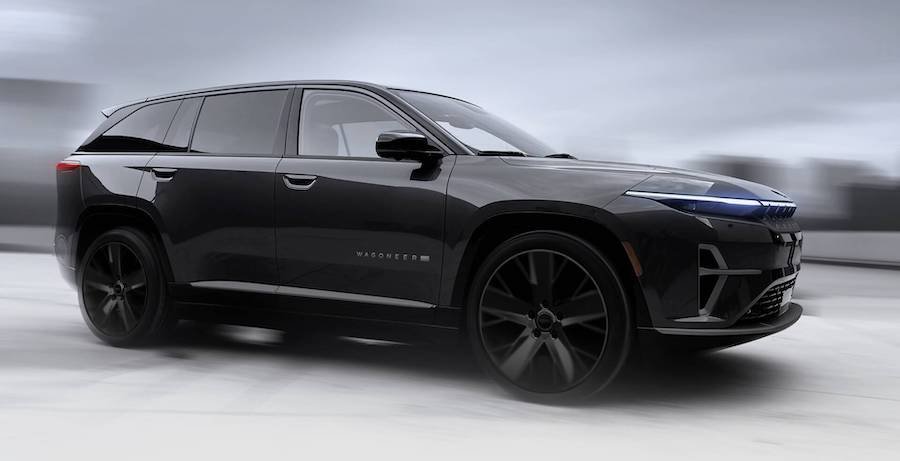Stellantis Could Put Gas Engines Back in EVs if There's Enough Demand

Stellantis has ambitious plans to have an entirely electric passenger-vehicle lineup in Europe by 2030. In the United States, the goal is 50 percent. This is the crux of the conglomerate's Dare Forward 2030 plan, and despite the cooldown on EVs in the US, it's still full-speed ahead. But that doesn't mean the company won't build combustion-powered cars if that's what buyers want.
That's the takeaway from a recent report by WardsAuto, which cites Stellantis Chief Financial Officer Natalie Knight talking about the flexibility to build combustion-powered vehicles from electric platforms. It's not the first time we've heard a Stellantis executive talk about flexibility, but the report presents things in a broader spectrum. In short, if demand is there for a combustion version of an EV, Stellantis is open to building it.
"I don’t want to ignore the fact that we want to stay close to the consumer, and if we see there’s an opportunity with those models that we introduced as a BEV first, we’ll look at that," she said, according to WardsAuto.
Despite its all-electric endgame, Stellantis has a fresh range of STLA platforms designed to accommodate either electric or combustion powertrains. The company sees it as an advantage going forward, and why not? As the auto industry pivots from combustion to electric, having such flexibility is certainly an advantage. But one can't help but contemplate the larger question here. What happens if, come 2030, 75 percent of buyers in the US want a combustion vehicle? Will that override the 50-percent plan outlined in Dare Forward 2030?
While the future is uncertain, a Stellantis spokesperson confirmed to us that, as of now, the company isn't changing or reconsidering aspects of its 2030 goal. 50 percent electric in the US and 100 percent in Europe is still the plan. In Europe, EV sales are still doing well. Things stateside aren't quite as rosy, though some models are doing better than others. But, 2030 is just six years away. Unless the automotive market makes a significant adjustment, a new-car lineup that's 50 percent electric could be a hard sell for US buyers.
